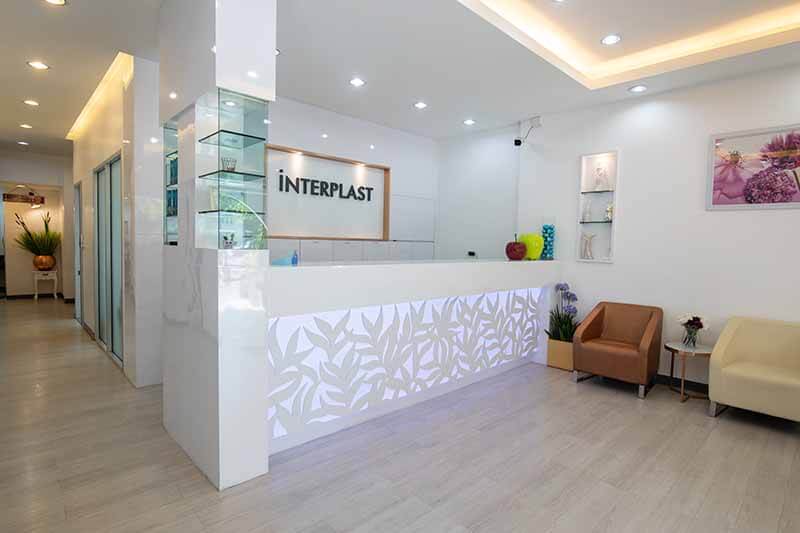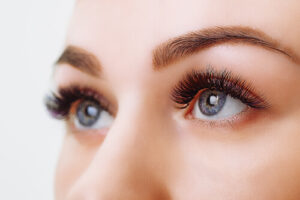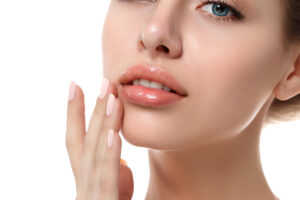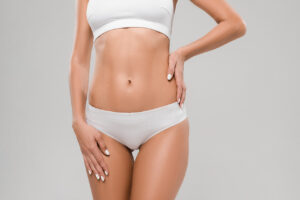Lower Blepharoplasty in Bangkok
Heredity, time, and environmental factors can cause the fat and skin of the lower eyelid to become baggy and wrinkled, often resulting in a tired and aged facial appearance. Lower blepharoplasty, also known as lower eyelid surgery, can help reverse the signs of aging and help patients look and feel their best.
Lower Blepharoplasty IN BANGKOK, THAILAND
Heredity, time, and environmental factors can cause the fat and skin of the lower eyelid to become baggy and wrinkled, often resulting in a tired and aged facial appearance. Lower blepharoplasty, also known as lower eyelid surgery, can help reverse the signs of aging and help patients look and feel their best.
Lower blepharoplasty is a very popular cosmetic surgical procedure to reshape the excess fat and drooping skin of the lower eyelid. Additionally, the procedure will minimize bags under the eyes and tighten the lower eyelid skin.
While lower eyelid surgery doesn’t stop the aging process, the benefits are long-lasting, resulting in a refreshed, rejuvenated, and younger-looking appearance. While blepharoplasty is most commonly performed on patients in their 40s and 50s, even people in their late 30s can benefit from lower blepharoplasty.


OPERATION TECHNIQUES
Lower blepharoplasty can be performed by using either an external (transcutaneous) or internal (transconjunctival) approach.
Transcutaneous blepharoplasty
Transconjunctival blepharoplasty
Transcutaneous blepharoplasty
Transcutaneous blepharoplasty is performed via an incision through the eyelids from the outside, with the incision usually placed below the lashes of the lower eyelids, which minimizes any visible scarring. A well-placed incision can be virtually invisible when fully healed.
When drooping and sagging are notable, small incisions may extend just a little bit outward from the corner of the eye towards the temples, where they are then hidden by the crow’s feet and not noticeable. The surgeon will then separate the skin from muscle and fatty tissue, removing excess fat and trimming loose skin and muscle.
Unlike transconjunctival blepharoplasty, the transcutaneous approach requires sutures to cover the incision.
Incision placement:
- Below the lower eyelid.
Key Benefits:
- Removes or repositions fat while tightening loose skin for long-lasting results.
- Allows for skin redraping and removal of excess skin, correcting laxity and creating a smoother appearance.
- Can be combined with other procedures such as mid face lift for more comprehensive rejuvenation.
Best candidates:
- Patients who have notable bulges and/or excess skin under the eyes.
Transconjunctival blepharoplasty
The transconjunctival approach is frequently performed to remove fatty tissue that produces puffy “bags” under the eyes. No skin is removed in this method.
During the procedure, the surgeon pulls away the lower eyelid from the eyeball and makes an incision from inside the eyelid, with a scalpel. The fat will then be removed or rearranged accordingly. Finally, the incision will be closed with sutures.
Transconjunctival blepharoplasty has become increasingly popular, since it is less invasive and heals quicker than the transcutaneous method. Furthermore, it also gives the surgeon the ability to examine the result of the operation by reversing the eyelids to the natural position and make corrections accordingly.
However, the procedure does not remove excess skin and is more suitable for patients who only have puffy or bulging skin under the eyes. It also does not directly address dark circles under the eyes.
Incision placement:
- Through the conjunctiva, the inner lining of the eyelid.
Key Benefits:
- Better access to orbital fat pads for correction of under-eye fat pads.
- Quicker healing and less invasive than the transcutaneous method.
- Almost invisible incision line with no visible scarring.
- Operation can also be performed with a laser or electrocautery device.
Best candidates:
- Men and women with minimal to no excess skin or prominent wrinkles around the lower eyelids.
- Primarily need fat removal to reduce puffiness, without significant muscle or skin laxity issues.
- Good elasticity and muscle tone in the lower eyelid.
Before & After



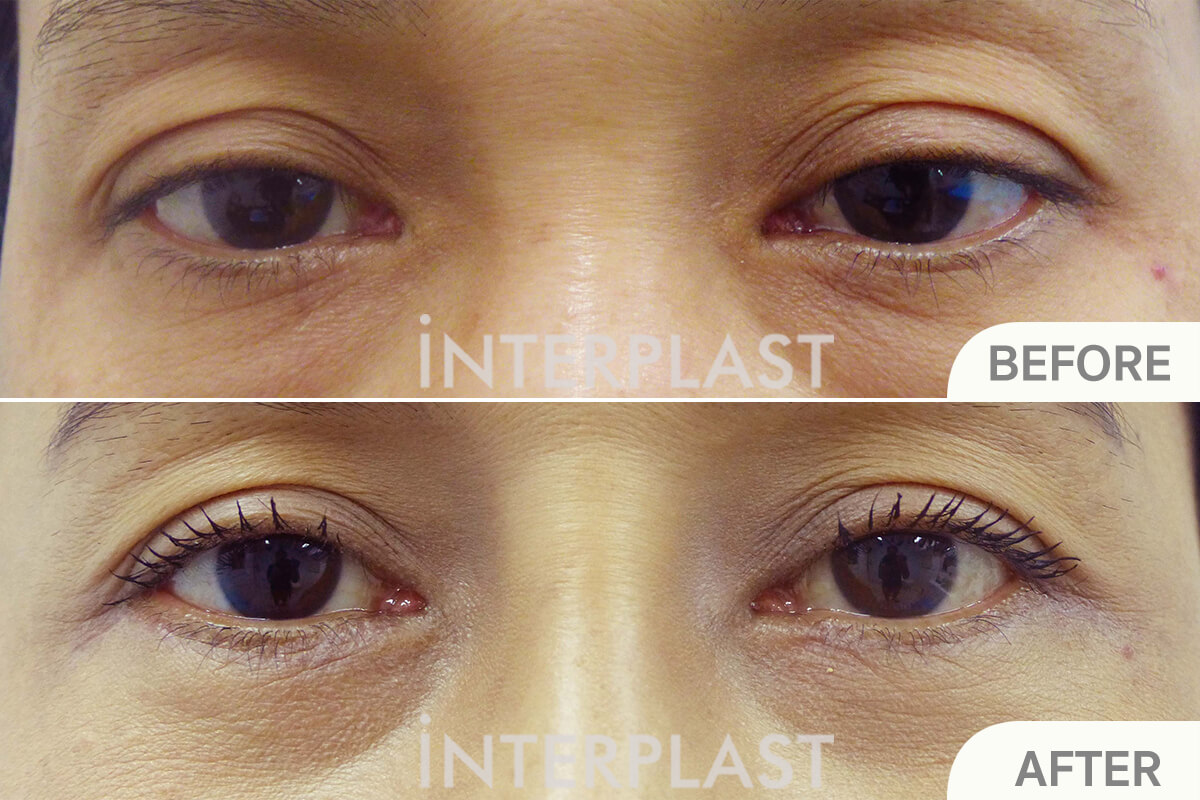

Previous
Next
Before the Surgery
- Read the pre-surgery instructions They will help prevent complications and improve outcomes for your surgery.
- Shower and brush your teeth before surgery.
- If undergoing local anesthesia, you can eat normally. If the procedure is performed under general anesthesia, you will need to abstain from food and drink from midnight before your surgery.
Recovery
- Wash all fruits and vegetables thoroughly before eating. Do not eat any raw fish or meat.
- Drink using a straw at first, and avoid food and drink that is very hot or very cold.
- Rinse your mouth frequently with saline or mouth wash.
- You can start wearing lipstick 1 week after surgery.
- Avoid any exercise that may involve collision, such as football or basketball.
- Avoid wide smiling for about 2-3 weeks.
- Rest with your head higher than your heart to reduce swelling.
- See your surgeon for a follow-up after 3-4 weeks.
- Drink plenty of water and avoid alcohol.

